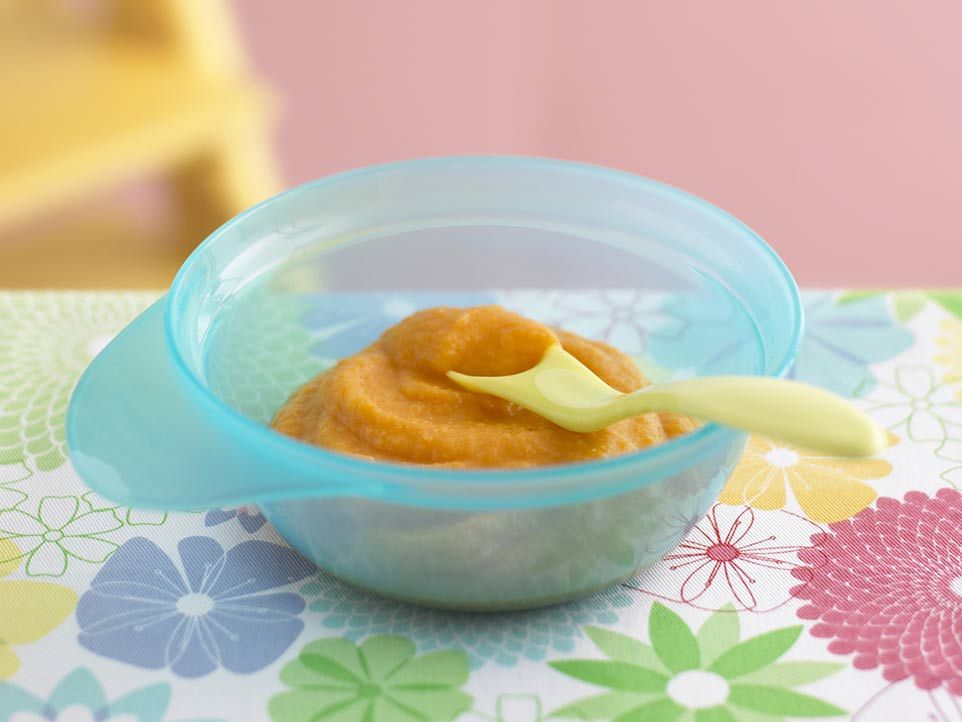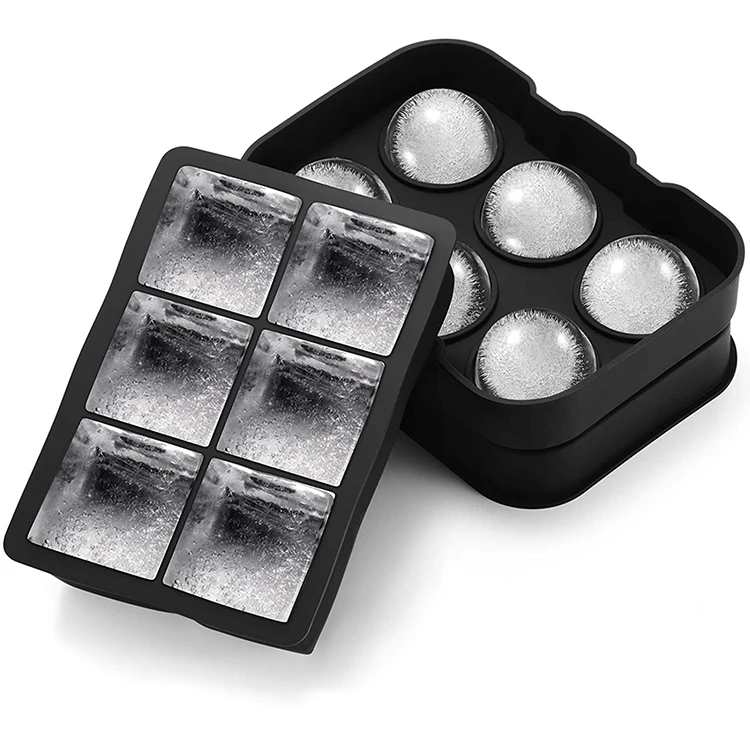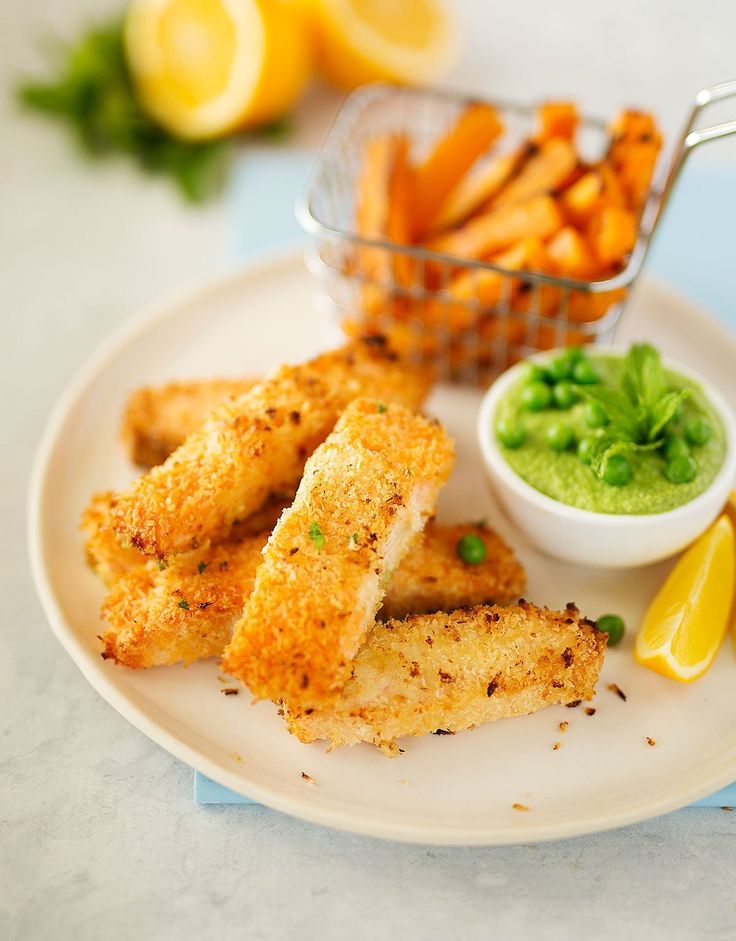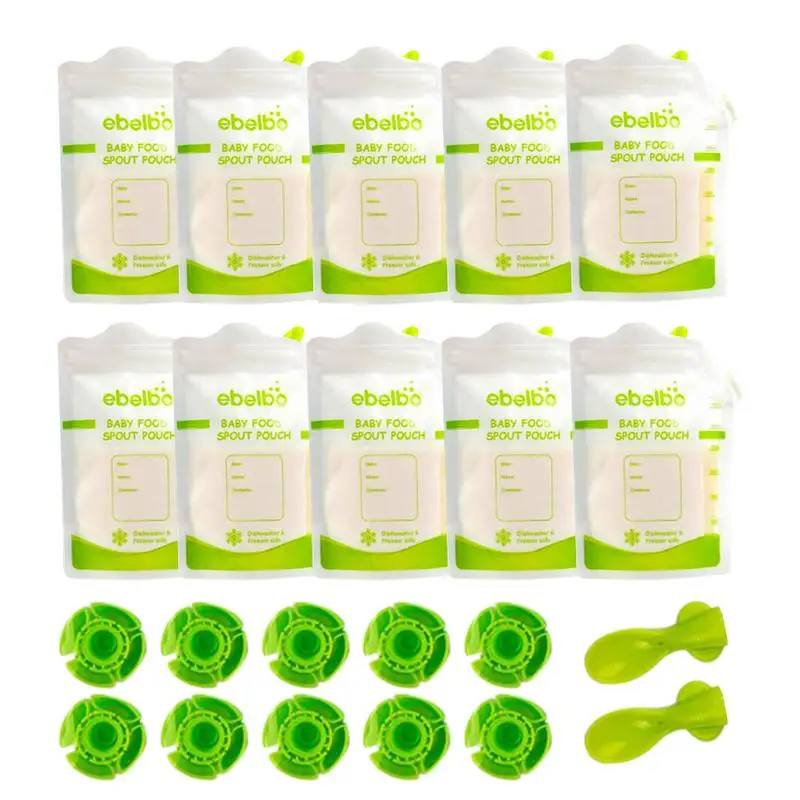How to bottle feed baby pigs
How to Bottle-Feed Piglets Correctly
If you buy an item via links on this page, we may earn a commission. Our editorial content is not influenced by commissions. Read the full disclosure.
Are pigs a part of your homestead? Are you considering incorporating them into your homestead in the near future?
Whether they’re already there or coming in the future, it’s important to be prepared for the unexpected.
I browse many homesteading forums regularly to glean information and share a little along the way too. One question I recently came across was how to go about bottle feeding piglets and why you would need to?
I’ve decided to answer this question. If you’re a proud pig owner or plan on being one, tune into this information because you’ll probably need it at some point.
Here’s how you go about bottle feeding piglets:
Why Bottle Feed Piglets?
Every homesteader must make up their mind about bottle feeding piglets. At the beginning of our homestead adventure, I worked myself tirelessly to save every life which came to be on our homestead.
I’d stay up around the clock to bottle feed any baby animal which needed it. The harsh reality is you’re going to lose lives on your homestead.
Bottle fed babies are sweet because they’re used to being handled, and they may sell for more because of this.
Yet, their chances of surviving are lower than if they had been left with their mother. I’ve now made a conscious decision to not interfere with nature.
Unless the mother has died in the birthing process, I allow her to do her job. She has instincts and knows how to handle things.
You may not agree, and it’s okay to have a difference in opinion in this area. You may choose to bottle feed piglets because they’re easier to handle.
If you share the same mindset as I do, you may only bottle feed a piglet if the mother dies while giving birth or if she has too many piglets and can’t supply the milk for all of them.
In these cases, you’d want to give the piglets the best chance at survival.
But you must make a tough decision when deciding to bottle feed certain pigs because of the sow’s milk supply.
You must choose to either bottle feed the stronger piglets because they have a greater chance at surviving, or the weakest piglets because if they don’t survive, it would be less of a financial hit.
These are the choices we are left to make as homesteaders. As unglamorous as they are, we still must make them.
Things to Keep in Mind
When you find yourself in the situation where you must bottle feed a piglet or multiple piglets, there are a few things you should keep in mind:
1. Keep Colostrum on Hand
Every baby needs colostrum when born. It gives them the boost their systems need after going through the traumatic birthing process.
Piglets are no exception. They’re born without a developed immune system. By giving them colostrum, it allows them to get antibodies from the sow which will help them fight off illnesses as their systems develop.
It’s a good idea to keep colostrum on hand. You can purchase some locally in frozen form. If you can’t find any colostrum from a pig, you can substitute for bovine colostrum.
Be sure to get as much colostrum in each piglet’s system in the first 24 hours as possible. This will help them thrive in the days to come.
The colostrum should be administered with an eye dropper.
2. Milk Replacer Can be Made or Bought
After the first 24 hours, the piglets can be switched to a milk replacer. You can purchase the milk replacer online or from local feed stores.
Mix the replacer as directed on the package. If the piglet is leery of taking a bottle, you can still administer the replacer with an eye dropper.
When they become more comfortable with the bottle (which they should once they realize they can get more milk at a faster rate), begin using a bottle with a pig nipple.
Be mindful of when you mix the milk replacer because it only lasts for approximately 12 hours.
If you’d rather make your own milk replacer, it’s easy to do. Mix one quart of cow’s milk with one pint of half and half. Add one raw egg to the mixture and a small amount of neomycin.
3. Provide Basic Needs
Bottle feeding piglets the proper nutrition is only part of keeping them alive and healthy. Piglets require proper warmth too.
Be sure to keep them in an area where there are no drafts, and they are kept at a temperature of 90° Fahrenheit.
You can do this by keeping them in a DIY kid warmer or under a protected heat lamp. Please keep an eye on heat lamps. They cause frequent barn fires, and though they’re beneficial, they can also be deadly.
How Long of a Process is Bottle Feeding Piglets?
You now know when you should bottle feed piglets and what you should feed them. Let’s discuss how this process should work:
1. First Days
In the first days of life, piglets will lead the way. They should be fed approximately 15 times in the first day.
These frequent feeding sessions are vital because this is when they’ll be taking in colostrum. Each nursing session will last about five minutes.
Make a plan for this first day to be at the piglets’ beck and call because this could be the difference between a weak piglet or a healthy, happy, and thriving piglet in the days to come.
2. Week One
As the days progress in week one, you’ll transition from on-demand bottle feeding piglets, to introducing milk replacer. When the milk replacer has been introduced, you’ll feed them via bottle every three to four hours.
It’s as if you’re nursing a newborn human baby. Follow the instructions on the package of milk replacer to know how much to give based on weight.
In most cases, the babies will lose interest when full, and if they’re still hungry, they’ll want more. Which is why many people mix up a large batch of milk replacer at once.
It allows you to refill the bottle if needed quickly and easily. Again, pay attention to the time frame of the milk replacer because you don’t want to feed old milk to a new baby.
3. Week Two
As you enter week two, you’ll begin to feel some freedom creep back into your life. The babies can now be put on a feeding schedule.
They’ll still need to be fed four times per day, but now you’re in control of when these four times are.
Try to space them evenly to avoid the piglets becoming hungry, but you can incorporate their feedings into your routine around the homestead at this point.
4. Weeks Three Through Five
As weeks three through five roll around, you and your piglets are going to be shouting ‘Happy Day!’ It reminds me of when my youngest was allowed to begin eating baby food.
He was a large baby, and at around three to four months, milk wasn’t doing the trick. When we finally made it to the doctor’s appointment where I was given the okay to introduce baby food, he and I both almost did a happy dance.
Your piglets are going to feel the same. Still, give them a bottle three times per day, but you can introduce pig feed.
Keep giving milk through week five. At the end of five weeks, your piglets should be healthy, happy, and eating only pig chow.
Congratulations! You survived bottle feeding piglets.
You’re now in the know on how to raise piglets via the bottle. It will take work and a great deal of dedication, but if you’re motivated, you can do this.
Don’t be surprised if you lose a pig along the way. This happens and understand, you’ve given it your best effort.
Hopefully, this will help you raise many healthy pigs over the years and enjoy a few cute farm moments along the way.
Was this article helpful?
Yes NoBottle Feeding a Pig | Bree Goldstein
Bottle Feeding
Bottle feeding a pig is very similar to bottle feeding a human baby, however there are a few significant distinctions.
When I gave both of my children bottles, I held them either on their backs (usually with a slight angle so they woundn’t be lying down flat) or sitting up. Lucky would not have accepted drinking on his back, or even being held lying down, like a baby.
As a baby, Lucky’s favorite feeding position was standing on his back legs with his chest supported, as if he was standing with other pigs nursing from mom. This worked well for the first two weeks, when we was 3-7 lbs since I held his chin and helped position him just right for maximum milk flow and minimal mess.
At 8 lbs, he seems to have shifted his preferred drinking position to standing. I don’t mind this position, although it’s a bit tougher to get the bottle in his mouth since he moves his head more.
Of course, there’s no right or wrong way to feed your pig. As long as he’s eating, getting the nutrients and vitamins he needs and staying hydrated, the feeding portion isn’t that important.
PreviousNext
12345
In our research we read that we should slightly cut the top of the bottle’s nipple to enlarge the hole to hasten the delivery system.
This enabled us to immediately resolve his hunger, and continues to work well in a few ways. With a smaller opening, Lucky collapses the nipple. When he drinks, I love watching him, for he latches just like a human baby. Watching both my daughter and Lucky drink, I realized that the process is about the same.
This opening in the nipple seemed too large since the rate the milk poured out was so fast, Lucky couldn’t swallow it all and he ended up drooling some of it out. Depending on my feeding position, this left my arms and legs slimy and sticky as they were often covered in pig saliva-formula cocktail.
Depending on my feeding position, this left my arms and legs slimy and sticky as they were often covered in pig saliva-formula cocktail.
Despite having a large opening, Lucky still collapsed the nipple. He would latch and unlatch as he tried to gulp down the milk. Since the hole was so great, the milk spilled out while Lucky was unlatched or adjusting his position.
This opening in the nipple seemed too small since it collapses almost immediately. Since Lucky’s a voracious eater when healthy,
Despite having a large opening, Lucky still collapsed the nipple. He would latch and unlatch as he tried to gulp down the milk. Since the hole was so great, the milk spilled out while Lucky was unlatched or adjusting his position.
The pig may suck air while he tries to get the milk once the nipple collapses. This happened one night and lucky got the hiccups!
Happy Lucky!
This seems to be the right size slit for Lucky. It’s not so tiny that the nipple collapses immediately and he swallows air, and it’s not so huge that the drink spills all over.
The larger opening also allows Lucky to drink quicker. I don’t mind sitting with him, giving him belly scratches, watching him fall asleep while he drinks. I can easily spend an hour or more with him. However, middle of the night feedings are much faster when I use a bottle with a sliced nipple. Rather than spending twenty minutes cuddling and nursing him, I can wake up, make a fresh bottle, feed him and return to bed in less than 15 minutes. The larger opening allows my hungry babe to down as much milk as he wants within a few minutes. As you can imagine, this makes the “night shift” much easier than with my son or daughter who would nurse for longer than half an hour.
While Lucky seems indifferent to a small or large hole, there’s a notable drawback. The larger hole yields a messier eating experience. I don’t mind washing my hands, arms or even showering just before bed, however a middle-of-the-night shower or even multiple showers throughout the day isn’t usually at the top of my “let’s do it!” list.
How to feed piglets without a sow: norms, diet of piglets, tips mother is nearby. But it is not always possible to ensure her round-the-clock presence next to the kids. And sometimes they have to stay on their own. For example, farmers are often worried about the question - how to feed piglets without the participation of a sow, and not subject them to a lot of stress at home? Let's talk about this now.
Content:
- 1,
Fundamentals of grooming-trinket
- 1.1
Molosyve substitute
- 1.2
Effective fertilizing
- 1.3
9000
9000
9000 9002 9002 9002 9002 - 1.1
3
Video “Feeding a piglet”
Fundamentals of feeding orphaned piglets
It should be noted right away that newborn piglets need at least the first 3 days to give sow colostrum. Its composition, compared to cow's, has more protein and dry matter, while its digestibility is 100%. In addition, this is important, since a newborn baby will be able to get the immunity he needs.
But if this is not possible, then you can use special formulas for feeding, which you can easily prepare yourself or buy ready-made ones. Most often, diluted milk powder is used. It can be given to babies from a special bottle with a nipple or a large syringe.
Colostrum substitute
Colostrum is an important component of the first days of life of small piglets. But how to feed piglets without a sow, if for some reason the pig refuses to feed the babies or died after giving birth? In this case, you need to prepare the mixture yourself. This will require the following products:
- cow's milk - 1 liter;
- boiled water - 30 ml;
- egg - 1 pc.;
- vitamins - A, D (2:1) 1 ml;
- ferrous sulfate - 10 ml;
- biomycin - 0.01 g;
- aminopeptides - 2.5 g.
Before feeding, mix the ingredients well and heat the mixture to 38-39 degrees, and then feed the babies. You should start with 50 ml, and slowly increase the rate. Overfeeding is very dangerous, as it is difficult for the piglets' digestive tract to absorb artificial food.
Overfeeding is very dangerous, as it is difficult for the piglets' digestive tract to absorb artificial food.
Frequency of feeding - 12-16 times a day, approximately every 1.5-2 hours. Artificial feeding will not replace mother's milk, but sometimes it is the only way to save piglets.
Effective feeds
After 3-5 days from birth, the piglets can be given food and water containers. It should be roasted barley, crushed chalk, bone meal. For the normal development of the skeleton, healthy hematopoiesis and other physiological processes, babies need mineral salts.
It is important to add or replace food in the trough after each feeding, and change the water several times a day to fresh water, while washing the container. After the piglets erupt teeth, and this happens on the 6th day of life, you can add solid top dressing in small portions. It can be toasted wheat, corn or pea grain. It is advisable not to overcook the grain, but simply bring it to a slightly brown color.
Whole milk replacer for piglets will provide the growing body with all the necessary substances. This product is based on natural high quality ingredients. The feed is balanced, so it is able to satisfy the daily need of animals for important elements.
Using milk replacer, you can not worry about the height and weight of the young. At the same time, an increase in the survival and safety of piglets is also noted. Animals like its pleasant taste and smell, which always causes a good appetite. The following video (channel My family. Life in the village of KZ) will allow you to learn more about artificial feeding of small pigs.
Vitamins and minerals
For full development and growth, a suckling pig must receive not only different types of food and milk mixtures, but also vitamin and mineral supplements. These are vitamins of groups B, C, A, E, biotin, folic, nicotinic and pantothenic acids, choline, betacarotene, as well as mineral salts, calcium, phosphorus. Thanks to them, you can improve immunity, reduce the risk of diseases and relieve stress in piglets.
Thanks to them, you can improve immunity, reduce the risk of diseases and relieve stress in piglets.
Monthly Orphan Diet
Raising one month old piglets is a tricky business. They put on weight quite quickly, eat a lot, they need a balanced and varied diet. At the age of one month, milk replacement is not as important as a special mixture rich in proteins, carbohydrates and vitamins. You need to give it for about a month, and it consists of the following components:
- oats;
- barley;
- corn;
- wheat;
- return;
- fishmeal;
- soybean meal;
- biofeed;
- salt and minerals.
It is worth noting that at this age, piglets should not pour out the entire cooked portion. You need to give it in two or three passes. After all, overeating can adversely affect the health of young animals and even lead to death. To ensure a good weight gain and growth of subcutaneous fat of animals, you should feed them only high-quality feed.
Grated carrots, herbs and grass can be introduced from 2 weeks of age. From the third week they already give boiled potatoes. If you approach feeding correctly, then by the end of the milk period, the weight of the baby can be 22-25 kg.
It is always important to keep the utensils from which piglets eat and drink clean, because they are too susceptible to gastrointestinal diseases. To avoid intestinal disorders, acidophilic yogurt, charcoal and top dressing with minerals should be present in the diet.
With a competent approach to feeding piglets without a sow and the correct organization of the process, you can not be afraid for the health and life of piglets. The main thing is not to overfeed them, adhere to the necessary feeding norms, include all the necessary products in the diet. Then they will grow full-fledged healthy pigs.
Sorry, there are no polls available at the moment.
Video “Feeding a Piglet”
Let's see how the process of feeding a small pig from a bottle looks like (video by Alex Smok).
feeding from 1 month of weaning
Raising piglets is a simple process if it is well-adjusted. It should be clearly understood: what should be included in the diet of suckers in the first month of life. There are certain norms for complementary foods, for essential minerals, which are given to babies in the first days of life. Detailed feeding rules were not developed by chance, since often not all vitamins enter the piglet's body with mother's milk, which increases the risk of anemia or streptococcal infection in newborns. Below are detailed recommendations for the development of feeding suckling piglets.
Contents
- Feeding suckling piglets
- Sample feed recipe
- Basic diet
- Growing it right: feeding
- chalk
- charcoal
- iron salts
- Dernina
- Foundation
- Table of feeding to excommunication
- from what day a certain product is introduced: sugar beets, potatoes, hay
- Table of norms in grams
- If the sow has little or no milk
- Milk replacer for weaners: feed a newborn, one month old at home
- Video
- Conclusions
Feeding suckling pigs
3 hours after birth, the little sucklings should be fed with colostrum.
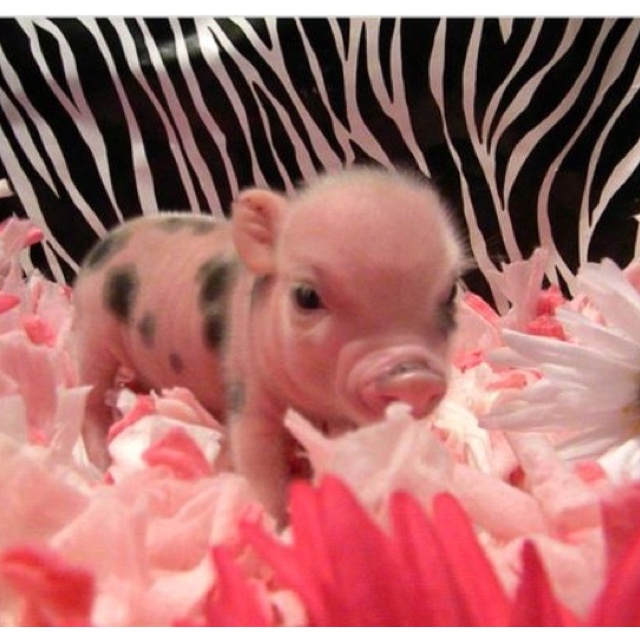 This is done so that the gastric tract begins its work.
This is done so that the gastric tract begins its work. The milk of sows is very fatty, so the babies are very thirsty. To avoid this, drinkers are built in the pen for young animals, where fresh water is regularly added.
If everything is fine and the pig has a lot of milk, good nipples and does not experience stress during hunting and gestation, then sucklings until the first 14 days of life get by only with food from their mother. Then they are gradually weaned from it and gradually transferred to a full diet. Up to 1-1.5 months, they alternate breast, compound feed and additives for the growth of piglets.
Lactation period lasts up to 4 weeks
Sample recipe
- ¾ water per 6 liter pan;
- 3/5 ground barley;
- 2/5 ground corn.
Grains are taken at the rate of 1 kg per 4 liters of boiling water. Everything is thrown into the pan and stirring to cook until tender. The resulting mash is poured into a bucket and milk is added to the state of liquid sour cream.
 Also, 20 g of chalk and 20 g of bone meal are poured into it. Piglets need to be fed ground barley and corn with the addition of bone meal.
Also, 20 g of chalk and 20 g of bone meal are poured into it. Piglets need to be fed ground barley and corn with the addition of bone meal. The best way to feed piglets read the link.
Drinkers and troughs with food for piglets are installed behind the fence from the sow, as the latter can eat their feed too.
The basis of the diet
Feed additives help in the formation of teeth, for the normal functioning of the digestive system. Grains of barley, corn, legumes are an addition to the main menu for babies up to 1 month old. The basis of nutrition should be either acidophilus, or curdled milk, matsoni. And for the prevention of certain diseases specific to young animals, coal, chalk, and bone meal are added to the main diet. According to the testimony of veterinarians, it is possible to adjust and introduce mineral mixtures rich in calcium, potassium, iron and sodium.
In addition, after 10 days of age, feed, chopped carrots, mashed boiled potatoes, as well as dry herbs are given in hay format.
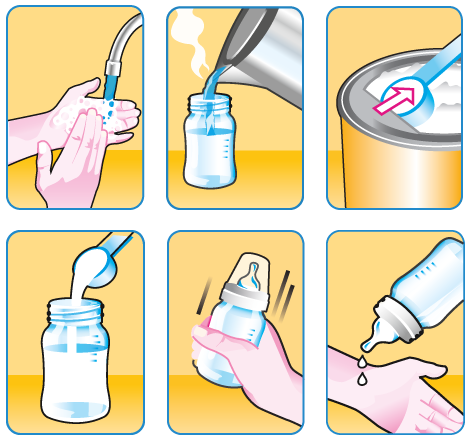
Learn how to feed piglets to gain weight quickly here.
Only in the first 7 days the piglets increase their volume and weight by almost 2 times.
Growing it right: top dressing
After the suckling piglets are weaned from the sow, various impurities are added to their diet. Read about feeding pregnant sows. Impurities are added so that the kids fully develop and the immune system is strong and resistant to infections.
Chalk
Mineral additive in the form of chalk is introduced into the mash from the 5th day of the growth. It is crushed and poured into the feeder. Chalk is one of the most important sources of calcium for growing suckers. It is necessary as a prevention of rickets, common among piglets up to six months.
Charcoal
Experienced farmers advise making charcoal yourself from natural materials. It is mixed with solid food from the age of 10: chopped carrots, grated rutabaga, beets; sprinkle with hay or fresh grass.

Iron salts
Anemia is common in piglets, it can develop due to a lack of trace elements in the sow's milk. Iron salts are mixed into food from two different sources:
- red clay;
- solution consisting of 2.5 g of ferrous sulfate, 1 g of copper sulfate, 1 liter of boiled water.
Iron salts are either added to the drink or lubricated on the pig's teats. In any case, these minerals should be in the diet of the piglets.
Introduce all mineral supplements into feeding, since the fragile organism of animals in the first six months is most at risk of getting sick and catching serious infectious diseases.
Sod
Sod is rich in minerals and is used as supplementary food for all domestic animals. For piglets, roots, upper layers of soil are prepared in the summer.
- Cut the ground about 6 cm high.
- Dry, cut into 1.5 kg briquettes.
- Lay in a dark, dry place, such as a barn.

Ready-made turf is given in crushed form, starting from the 3rd day of life.
Reverse
Reverse or simply whey is mixed into the drink or fed from the bottle to piglets from the 15th day of life. It is ideal to start giving a skimmed milk product when the pups are still suckling the sow's milk. The serum contains a huge dose of vitamins, vital for suckers.
Dose before weaning: 100-150 g; then increase to 1 liter per 1 individual.
Feeding table before weaning from the sow
Maintaining a balanced diet is important from the first moment, the tiny stomach is unable to accommodate a lot of food, so sucklings are fed every 1.5 hours, that is, on average, 14-16 feedings should be eaten by piglets per day. Read about drinking bowls for pigs in this material.
Starting from which day a certain product is introduced: sugar beets, potatoes, hay
Type of supplement Entry day Pure water 3 day Acidophilus, diluted milk, curdled milk 5 day Broken barley, corn 5 day Boiled potatoes 7 day Oatmeal mash, milk sugar porridge 8 day Vitamin hay 10 day Shredded carrots, beets 10-15 day Raw potatoes 20 day Fresh grass 12 day Herbal decoction 30 day Table of norms in grams
Approximate daily feed intake for one piglet up to two months of age (grams)
milk return concentrate silo root vegetables chalk 3-10 days of life 50 25 3 11-20 day of life 150 100 10 10-20 3 21-30 days of life 250 150 150 20 15-50 5 31-40 days of life 300 200 200 50 20-100 5 41-50 days of life 150 250 300 100 25-200 10 51-60 days of life 450 400 150 30-450 15 After 2 months of caring for and feeding milk replacer, piglets should completely switch to normal food.
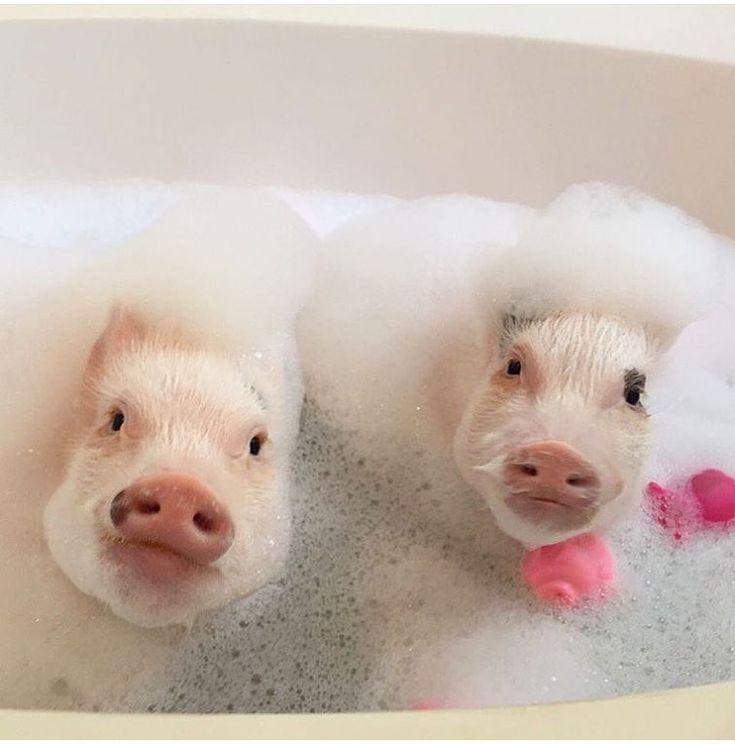
Weaning does not occur abruptly, but gradually over the course of a week.
If the sow has little or no milk
Very common. Especially in the first birth, it turns out that the sow does not have milk or she refuses to come and feed (nourish, no matter how long she has had offspring) supplements for the growth of piglets. Then the owners feed themselves. As a substitute, cow's milk from ordinary horns is successfully used. At the same time, supplementary feeding and transfer to solid food are carried out in the usual way, if replacement young animals are grown.
Dishes must be clean and milk must be heated to 36-37 degrees.
In the absence of milk in the sow, you can feed cow's milk from a bottle with a teat.
Milk replacer for weaners: feed a newborn, one month old at home
Milk replacer - a substitute for whole milk in modern agriculture is widely used for daily and monthly piglets.
 It differs from ordinary cow's milk in a balanced and clear composition, enriched with essential vitamins. Read about milk replacer for piglets here. It includes the following components (in % ratio):
It differs from ordinary cow's milk in a balanced and clear composition, enriched with essential vitamins. Read about milk replacer for piglets here. It includes the following components (in % ratio): - organic fat - 7.8;
- fishmeal - 7;
- belotin - 5;
- gluten from corn - 6.4;
- soy flour - 12;
- premix P-51 -1;
- pure calcium, phosphate - 1.1;
It is important to know how to properly dilute milk powder for piglets. According to the rules, 5 teaspoons of the mixture are diluted in a glass of warm water.
The purpose of the cocktail is to saturate the body gaining strength with antibodies, increase weight gain and immunity of suckling piglets. Most often it is used in winter. When the % of colostrum borders on zero or decreases significantly.
Read about keeping pigs in winter in this article.
Video
This video tells what to do if the sow cannot feed her piglets on her own, how and with what to feed them.


